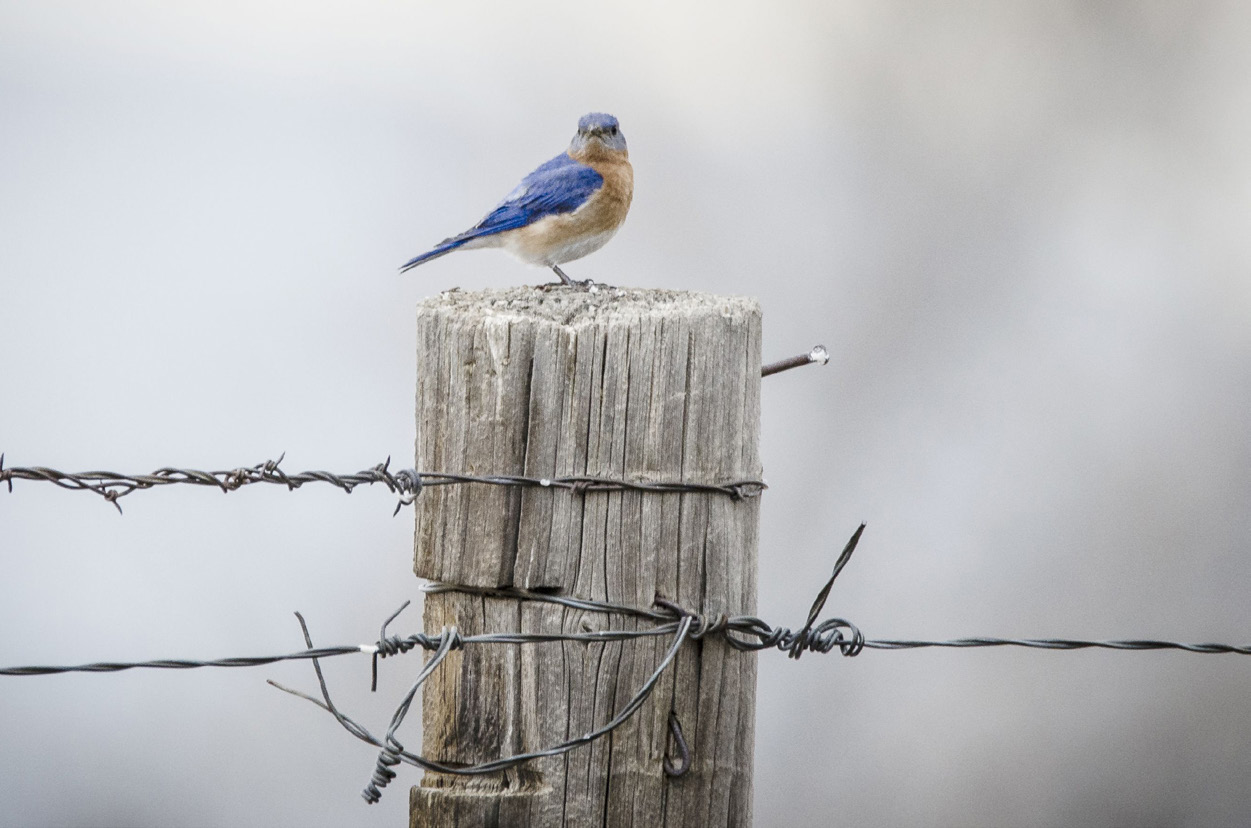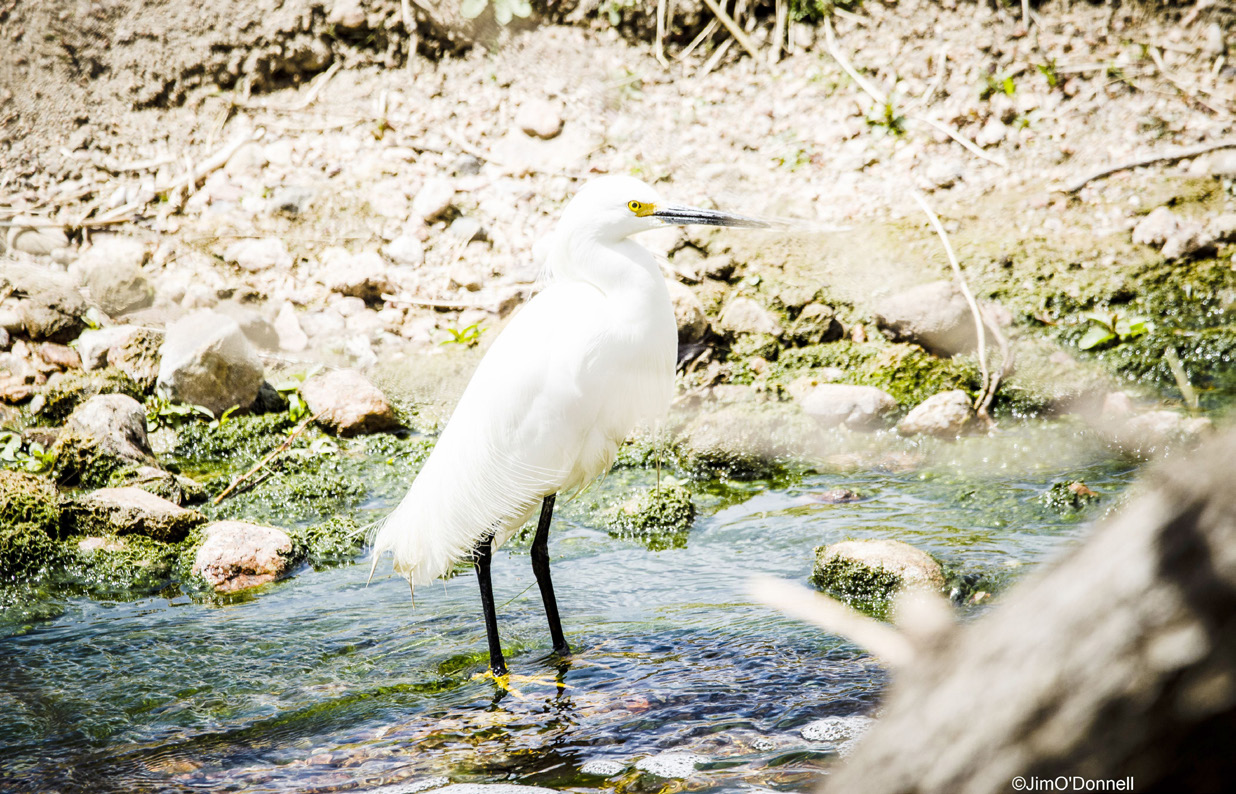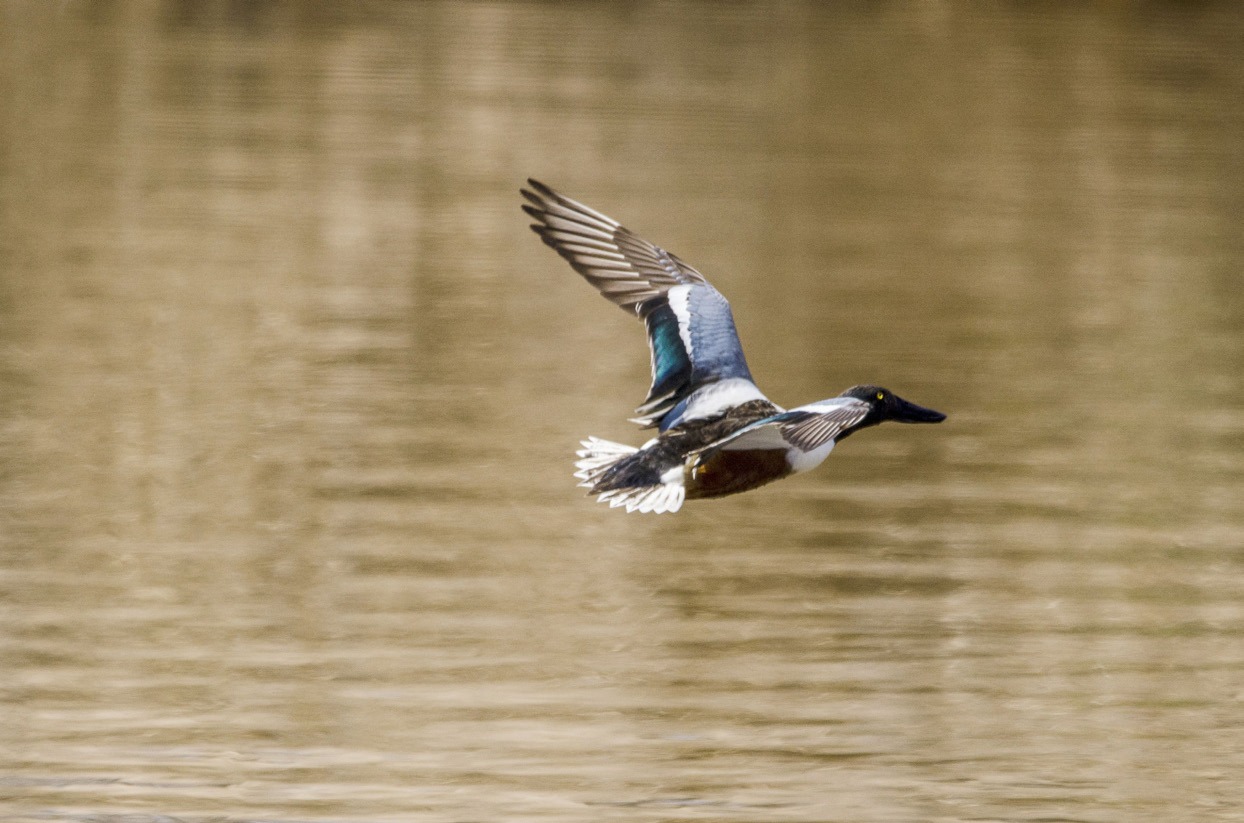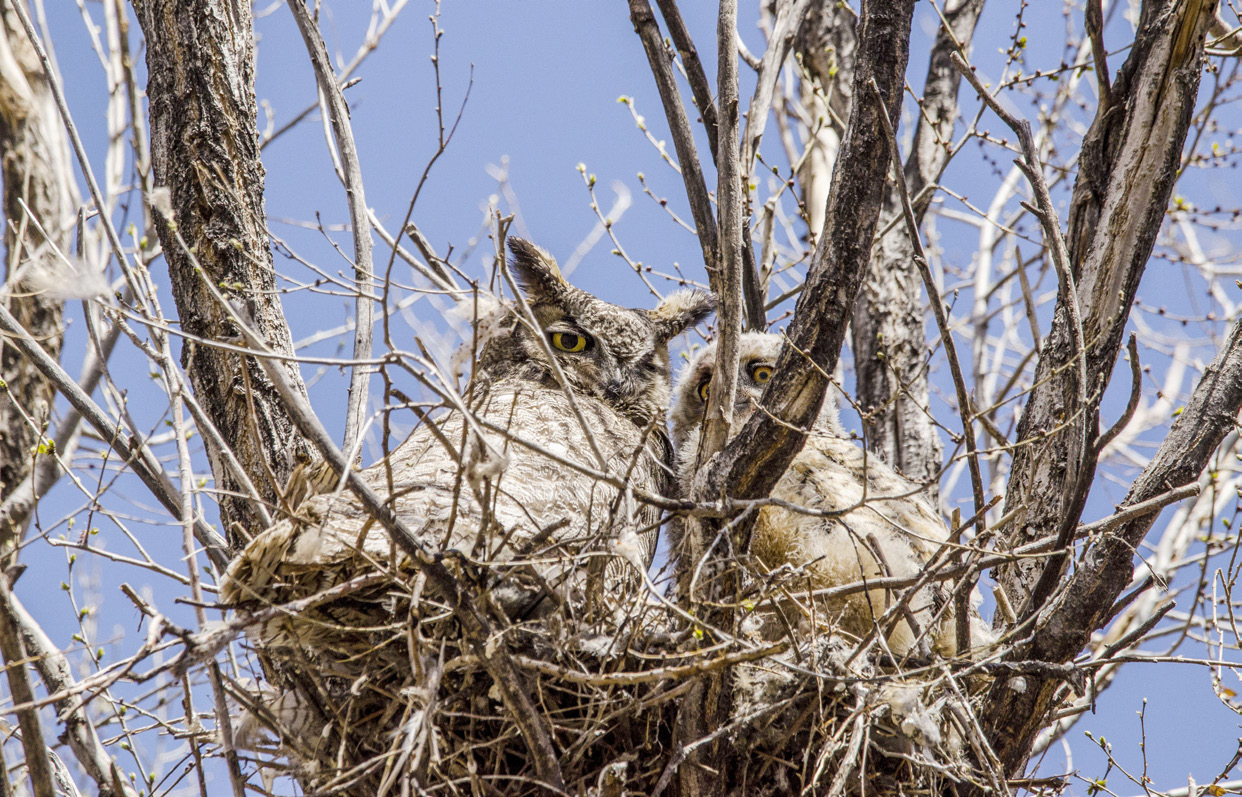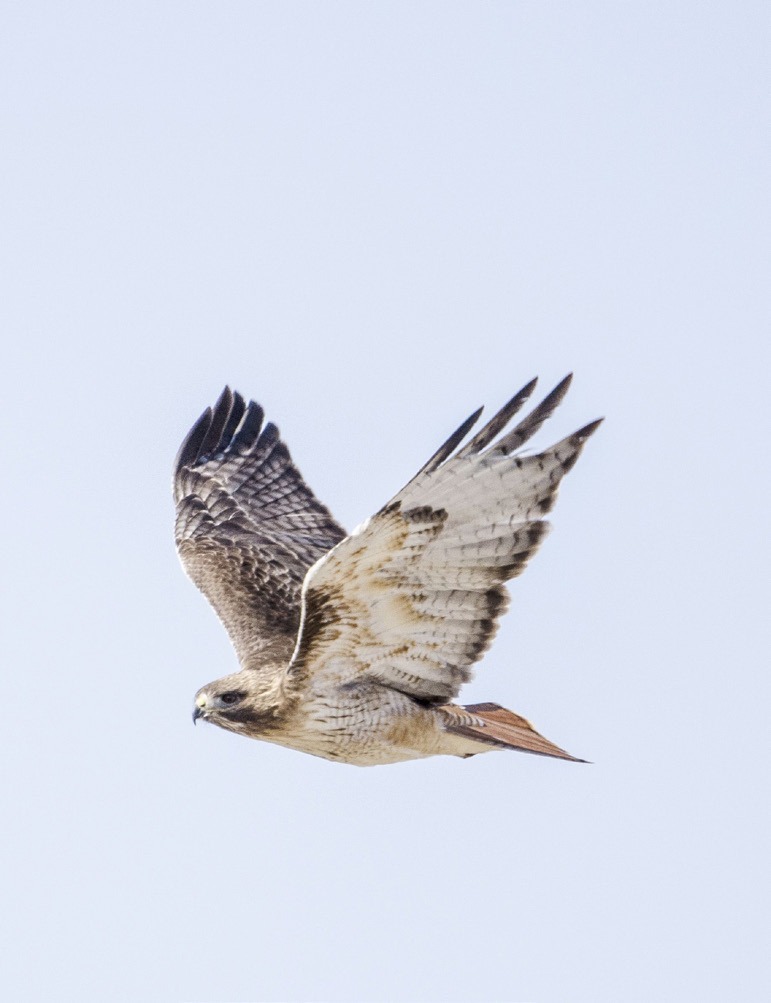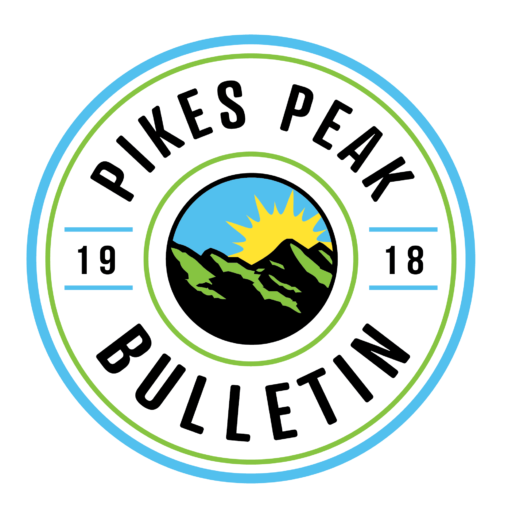COURTESY OF FOUNTAIN CREEK WATERSHED DISTRICT
Have you ever thought about all the creatures that call Fountain Creek home, besides us humans? While we may think of ourselves as the main residents, we share this beautiful watershed with a diverse variety of wildlife that rely on our water for food, water and shelter. In fact, riparian zones, those lush, green areas along our creeks, are used by more than 90% of the state’s wildlife. Over 200 bird species alone use Fountain Creek as a migratory highway.
Let’s take a deeper dive into the wild world of Fountain Creek. A watershed is a region of land that channels water into a central body, such as a river or stream. The Fountain Creek Watershed has over 50 tributaries – small streams that feed into our two main waterways – Fountain and Monument Creeks. These waterways converge at America the Beautiful Park to become the main stem of Fountain Creek, which meanders south and eventually feeds into the Arkansas River at Pueblo. Riparian areas make up less than 3% of the land in Colorado, but they’re crucial for wildlife – acting as both a living room and a dining room for critters. The biodiversity here is so rich, it includes everything from beavers and skunks to bald eagles and the endangered Arkansas darter fish, down to the teeny macroinvertebrates that are indicator species of water quality, such as dragonfly nymphs. The Colorado Division of Wildlife uses the wild turkey population as an indicator of overall habitat health. So, when turkey numbers decline, it’s a sign that something’s off in the creek’s ecosystem. Wildlife helps to tell the story of the land and water.
Riparian zones act as buffers that naturally filter pollutants and sediment from runoff before it enters the water. Vegetation in a riparian zone helps to stabilize banks and protect against erosion. Wetlands serve as natural sponges, absorbing stormwater and slowly releasing it to reduce flooding. They also act as filtration systems, removing pollutants and offering a sanctuary for fish, insects and waterfowl. Plus, they’re perfect homes for amphibians like frogs and toads.
What’s being done to protect wildlife and restore habitat?
Restoring the watershed and riparian zones is key to protecting our furry, feathered and finned neighbors, as well as us humans. We have invested nearly $40 million into projects on Fountain Creek that have helped stabilize its banks and reduced over 150,000 tons of sediment from eroding into the creek. Each project includes planting hundreds and thousands of native willows, cottonwoods, and native plants. The ecosystem services provided by riparian plants are a critical function we are actively working to enhance.
Why should we care?
A healthy watershed isn’t just important for wildlife, it’s crucial for us too! The Fountain Creek Watershed provides not only habitat for critters but also recreational opportunities along the waterways, including miles of connected trails and fishable habitats from Pikes Peak to the prairie. We’re helping to improve water quality as well as to establish a more resilient environment against the numerous risks we face as a region. So, the next time you’re out hiking, fishing, or just enjoying the beauty of Fountain Creek, do your part and be a Watershed Warrior! Scoop the poop if you bring your dog, never litter and always pick up trash when you see it and tag us in your pictures to help spread awareness.
Healthy watersheds lead to a healthy environment for all of us. By preserving and restoring the Fountain Creek Watershed, we’re ensuring that future generations can enjoy both the natural beauty and the wildlife that make this area so special.

